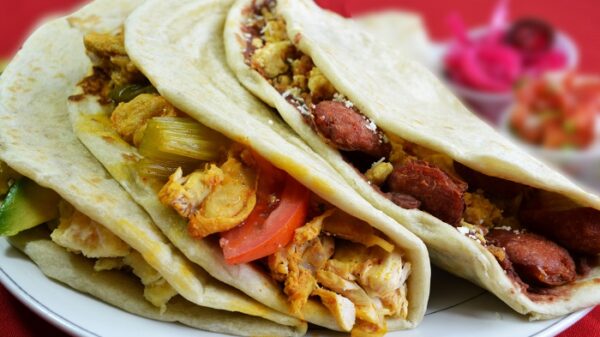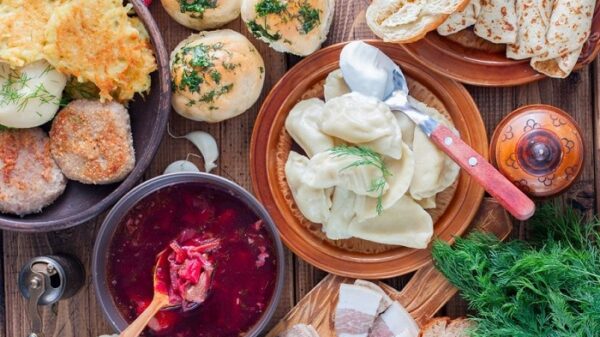Ukrainian cuisine, rich in flavors and traditions, is a vivid representation of the country’s cultural heritage. Known for its hearty and wholesome dishes, it reflects the agricultural bounty and historical influences of this Eastern European nation. This article explores the staples of Ukrainian food, its regional varieties, traditional dishes, and the significance of food in Ukrainian culture.
Historical and Cultural Influences
Ukrainian cuisine has evolved over centuries, shaped by various cultural and historical influences, including Slavic, Polish, and Russian. The country’s fertile land and diverse climate have also played a significant role in shaping its culinary traditions, resulting in a cuisine that is both diverse and abundant in natural produce.
Staple Ingredients
The backbone of Ukrainian cuisine lies in its use of simple, fresh, and locally sourced ingredients. Staples include:
- Grains: Bread, especially rye and wheat, is central to Ukrainian dining. Barley, millet, and buckwheat are also widely used.
- Vegetables: Beetroot, potatoes, cabbage, carrots, and onions are the mainstays in many dishes.
- Meats: Pork, chicken, and beef are commonly used, often in stews and sausages.
- Dairy: Sour cream, cottage cheese, and milk play a significant role in both savory dishes and desserts.
- Herbs and Spices: Dill, garlic, and parsley are frequently used to add flavor.
Iconic Ukrainian Dishes
- Borscht: A beet soup, known for its vibrant red color and rich flavor, often served with sour cream and garlic bread.
- Varenyky (Pierogi): Dumplings filled with a variety of ingredients such as potatoes, sauerkraut, cheese, and cherries.
- Holubtsi: Cabbage rolls stuffed with a mixture of meat and grains, cooked in a tomato or sour cream sauce.
- Deruny (Potato Pancakes): Grated potato pancakes, fried until crispy and often served with sour cream.
- Salo: Cured pork fatback, a traditional Ukrainian delicacy typically served with bread and garlic.
Regional Varieties
Ukrainian cuisine varies across different regions, reflecting the geographical and cultural diversity of the country. The western regions, for example, show more European influences, while the eastern and southern regions feature dishes with Russian and Tatar influences.
Food and Ukrainian Traditions
Food plays a central role in Ukrainian traditions and celebrations. Festive occasions like Christmas and Easter have their unique dishes and rituals, such as the Christmas Eve 12-dish supper, which is meatless and features a variety of traditional dishes including kutia (a sweet grain pudding).
Modern Ukrainian Cuisine
In recent years, there has been a resurgence of interest in traditional Ukrainian cooking, with a growing emphasis on local and seasonal ingredients. Modern Ukrainian chefs are experimenting with classic recipes, presenting them with a contemporary twist while preserving their traditional essence.
Ukrainian cuisine is a rich tapestry of taste, tradition, and history. It offers a culinary journey through the heart and soul of Ukraine, showcasing the warmth of its people and the abundance of its land. From hearty soups and stews to delicate pastries and desserts, Ukrainian food is a celebration of life’s simple pleasures and the enduring spirit of its culinary heritage.



